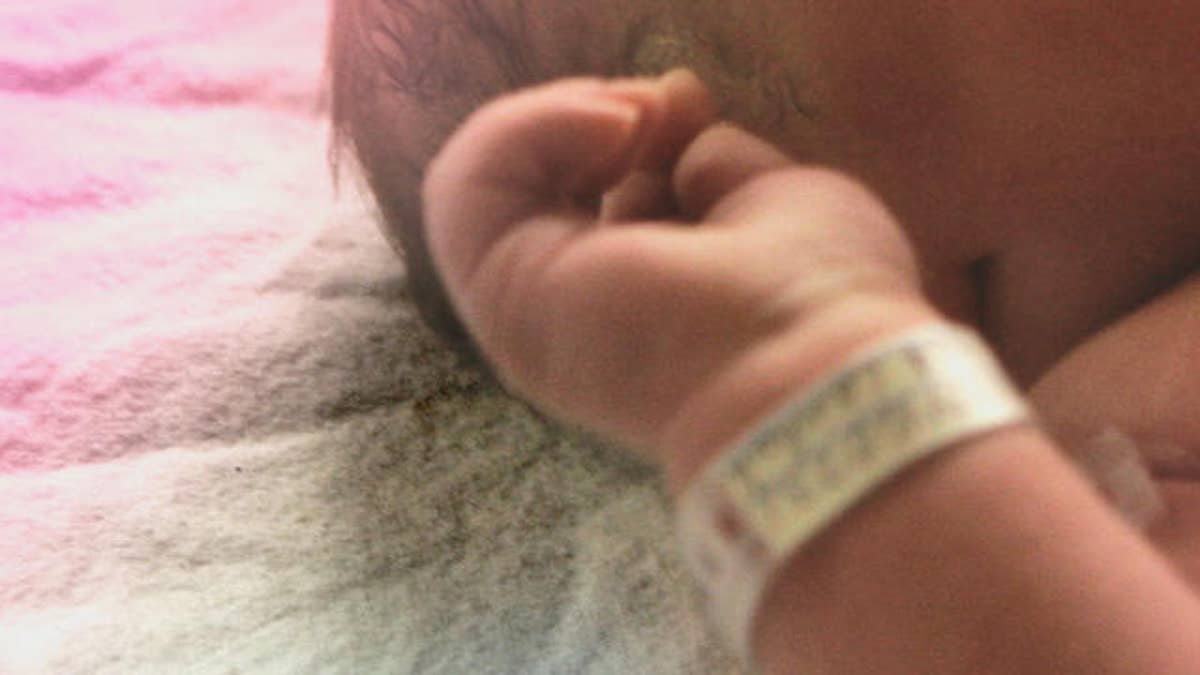
(AP)
In recent years, the number of reported cases of sudden infant death syndrome (SIDS) has declined, with a 50 percent drop reported since 1990.
While that's good news on the surface, researchers are now hoping to determine whether this is due to true public health improvements, or is simply a difference in how deaths are recorded, by creating a new database.
Details about how the database, called the Sudden Unexpected Infant Death Case Registry, will help researchers answer the questions that surround SIDS are described today in an article by researchers from the Centers for Disease Control and Prevention (CDC).
"Right now, when we want to do surveillance and actually monitor trends in SIDS and other infant deaths… we're limited by the data collected [in U.S. mortality records]," said article co-author Carrie Shapiro-Mendoza, a senior scientist at the CDC.
Those records, she explained, can lack information about the circumstances surrounding infant deaths, such as the sleep environment, whether the baby was being put to sleep on his or her back or stomach, whether the baby was in an adult bed and if there was soft bedding where the baby was sleeping.
Shapiro-Mendoza said the new database will build on existing mortality records, adding more about the events surrounding a baby's death, "so it can help inform prevention efforts."
The mysteries of SIDS
Researchers have come to use the term sudden unexpected infant death (SUID) to describe any case where there is not an immediate explanation for the death of an otherwise healthy-seeming baby.
After an investigation, a cause of death may be determined. The CDC notes that, "Poisoning, metabolic disorders, hyper- or hypothermia, neglect and homicide, and suffocation are all explainable causes of SUID."
But the death may also be classified as being from SIDS, or "unknown cause."
By compiling data on the medical histories of a baby and mother, information such as education and criminal record of the caregiver and information about the baby's sleep position and crib, the database could be used to help researchers figure out what happened in such 'unknown cause' cases.
"It's really difficult to distinguish between SIDS and unexplained infant death from suffocation," Shapiro-Mendoza said. "I think that determining a cause of death for an unexplained infant death may sometimes be based on the availability of comprehensive information from the scene investigation and autopsy, as well as the professional training and experience of the medical examiner or coroner."
Are public health messages working?
Part of the purpose of the new SUID database is to make more information available to researchers to assess the effectiveness of public health programs. For example, new guidelines were published by the American Academy of Pediatrics in November, and they included guidance such as placing infants on their backs for sleep, using a firm sleep surface (i.e. "a crib mattress, covered by a fitted sheet"), having parents sleep in a room with the baby but not in the same bed, and keeping "soft objects and loose bedding out of the crib."
Shapiro-Mendoza was an adviser for those guidelines, which the CDC endorses.
With the new database, the hope is that researchers will be able to figure out which guidelines are not being followed, or if other factors can be identified that should be added to the guidelines, and target any new public health messages accordingly.
A pilot program of the registry has begun in Colorado, Georgia, Michigan, New Jersey and New Mexico.
"We hope that [the database] will be available to the states and other public health researchers if they wanted to use the data to inform their studies," Shapiro-Mendoza said. "We hope to use the data as well to improve the investigation of these deaths."
The paper about the registry is published online today (Jan. 9) in the journal Pediatrics.
Pass it on: A new registry may help researchers better understand what happens in cases of unexpected infant deaths.
